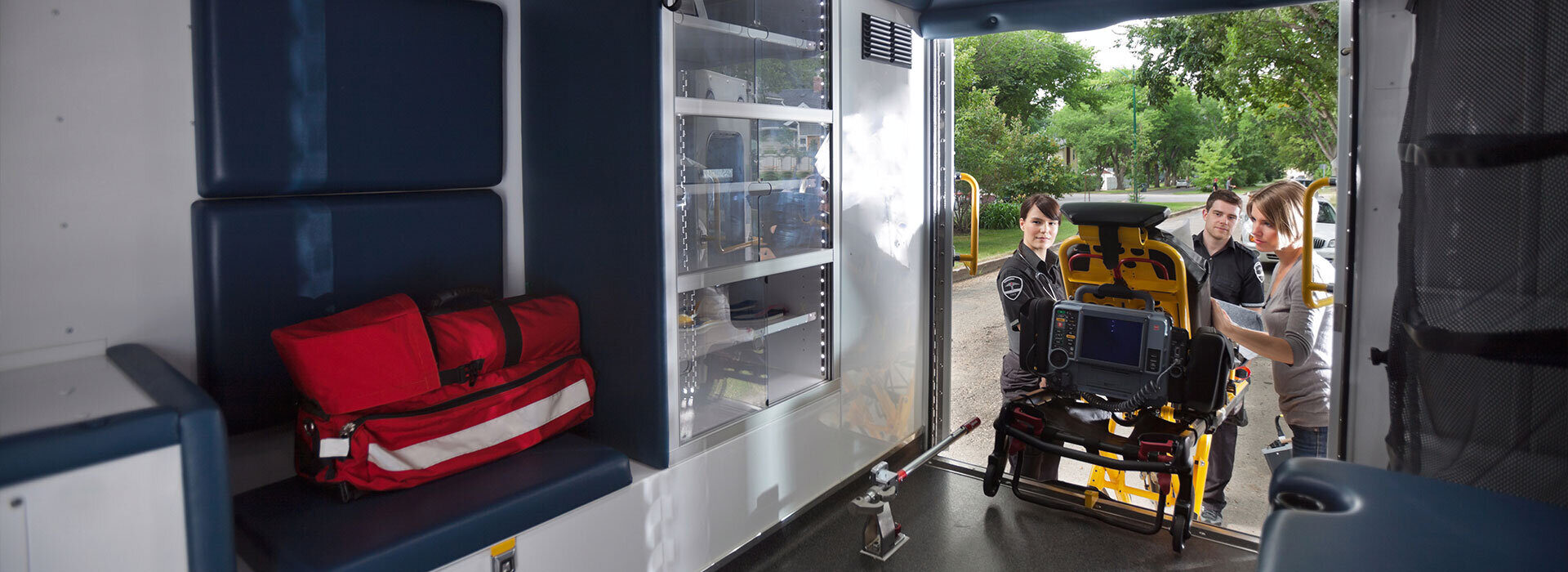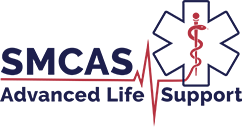SMCAS is committed to providing the best and most advanced pre-hospital Advanced Life Support to all the patients we treat. To provide this service, all employees are educated with the latest evidence-based training and information available for pre-hospital providers. Also, each employee is provided and trained in the most advanced diagnostic equipment designed for the pre-hospital environment.
Each SMCAS ambulance is staffed with the minimum of a Basic Level Emergency Medical Technician and a Paramedic Level Emergency Medical Technician. While this is the State of Michigan minimum requirement to operate an Advanced Life Support ambulance, SMCAS strives to provide much more than the minimum requirement. Many of our staff are at the Specialist level and all of our Full-Time and most of our Part-Time Paramedics have achieved the certification of the Critical Care Emergency Medical Transport Program through the University of Maryland, Baltimore County. We hold ourselves to the highest of standards and perform continual quality assurance to make sure all patients are treated to exceed the standard of care.
Some of the core continuing education that most employees receive includes BCLS (Basic Cardiac Life Support), ACLS (Advanced Cardiac Live Support), HazMat (Hazardous Materials) Awareness, PALS (Pediatric Advanced Life Support), and PHTLS (Pre-Hospital Trauma Life Support) or ITLS (International Trauma Life Support). While these are the basic requirements for SMCAS employees, most of SMCAS employees are either certified or licensed in many of the following:
- HazMat Operations
- HazMat Technician
- Firefighter I & II
- FireOfficer Training
- CCEMT (Critical Care Emergency Medical Transport)
- CDLS (Core Disaster Life Support)
- BDLS (Basic Disaster Life Support)
- ADLS (Advanced Disaster Life Support)
- RN (Registered Nurse)
- Certified and Reserve Police Officers
- Licensed EMS I/C (Instructor/Coordinator)
- BCLS, ACLS, PALS, PHTLS, and ITLS Instructor
- Deputy Medical Examiner
- TEMS (Tactical Emergency Medical Support)
- 12-18 Lead ECG’s (Electrocardiogram)
- Mechanical Ventilators and CPAP (Continuous Positive Airway Pressure)
- Technical Rescues:
- Vehicle Extrication
- Swift Water Rescue
- Ice Rescue
- Confined Space Rescue
- Airplane Crash Rescue
- High Angle Rescue
- Trench Rescue


